What we’re offering
Industries We Serve

Coal Facts
"COAL" is the general term for the rocks formed
from the fossilled remains of fresh water plants
in dense swamps or logs. When the plants
died, they fell into the water where they were
soon engulfed in the black, oxygen-deficient
mud. Here they were protected from further
decay & did not rot away
The mud itself was largely made of bacterially decomposed vegetable matter
subsequent burial beneath sand or mud compressed or consolidated the planty layer,
driving out water & other volatile substances. (The vegetable matter underwent a series of
changes as this proceeded). The most of World's coal beds were deposited millions of
years age in warm, humid regions. They have since been compressed by the weight of
overburden or by earth movements to less than 1/20th of the thickness of the original deposit.

Lignite
Lignite is a low rank coal containing high
moisture. Generally a coal is considered to be
a lignite if it contains greater than 20% bed
moisture (classification schemes for lignite are
generally based on calorific value). Other
characteristics of lignite are low reflectance,
high volatile matter as high oxygen and low carbon and low carbon level and often the
presence of some woody structure. In general
the term is synonymous with brown coal.

Types of Coal
From the view of value as fuel, the coals are
classified according to the degree of change
that they have undergone. With greater
compression the vegetable material is
reduced in volume becomes blacker, harder,
more brittle and the individual plant fragments
become more difficult to distinguish. Such
changes are said to indicate and increase in
rank. In other terms, rank refers to the
MOISTURE, VOLATILE MATTER and FIXED CARBON
in the coal and it increases with the proportions of FIXED CARBON present.
What we’re offering
Industries We Serve
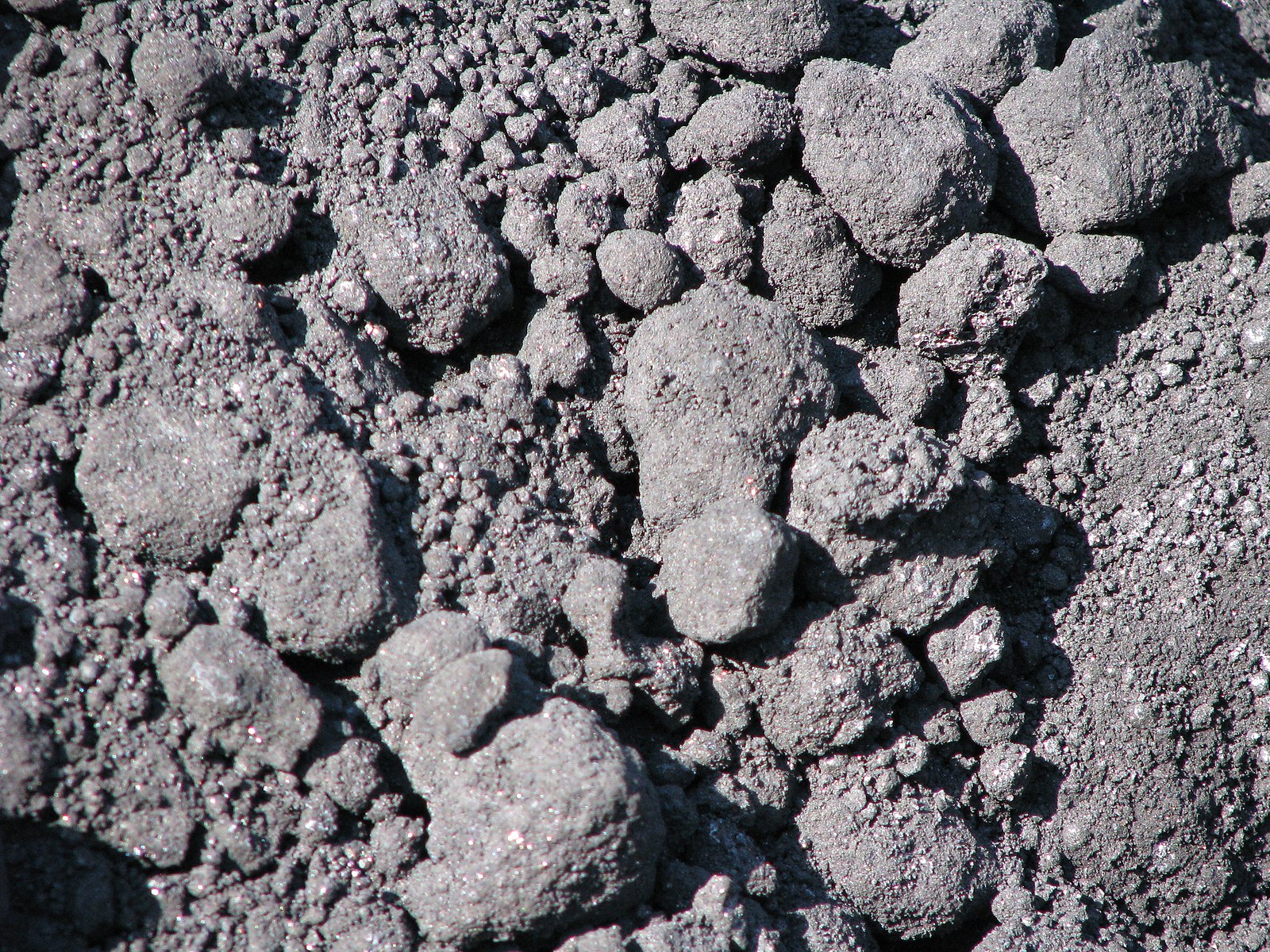
Petroleum Coke
Petroleum coke, often abbreviated as petcoke, is a carbon-rich solid material that derives from oil refining processes. It is typically produced as a byproduct in the refining of crude oil and other hydrocarbons. Petroleum coke has a high carbon content and low ash content, making it an ideal fuel source for industrial applications, especially in the cement, power generation, and steel industries. It can also be used as a fuel in power plants and as a feedstock in the production of electrodes and other carbon-based products. However, concerns over its environmental impact, particularly its high sulfur and heavy metal content, have prompted regulatory scrutiny and efforts to develop cleaner alternatives.
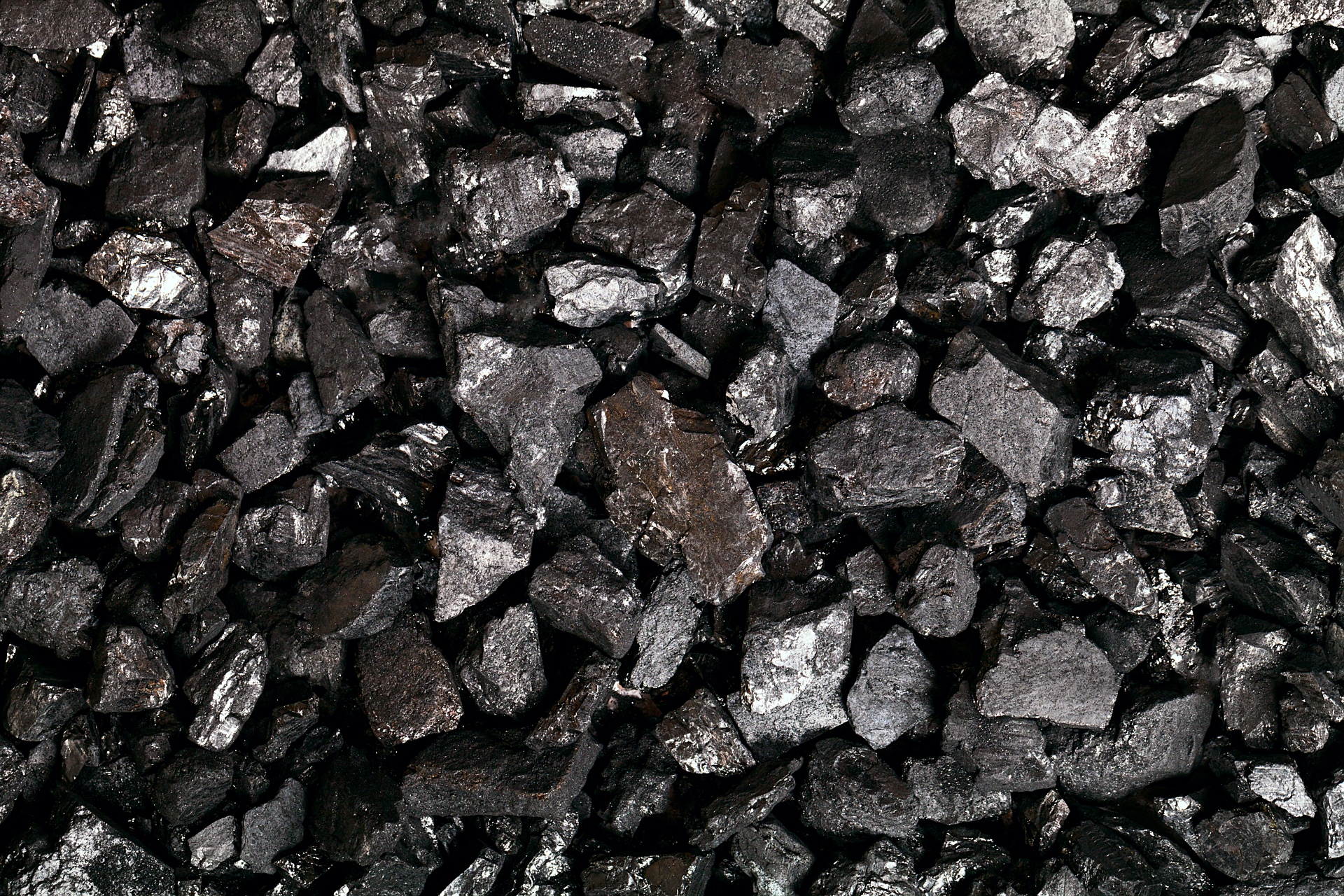
Bituminous Coal
Bituminous coal is a widely mined and utilized type of coal known for its relatively high carbon content, which typically ranges from 45% to 86%. It is formed from the compression and heating of organic plant remains over millions of years.
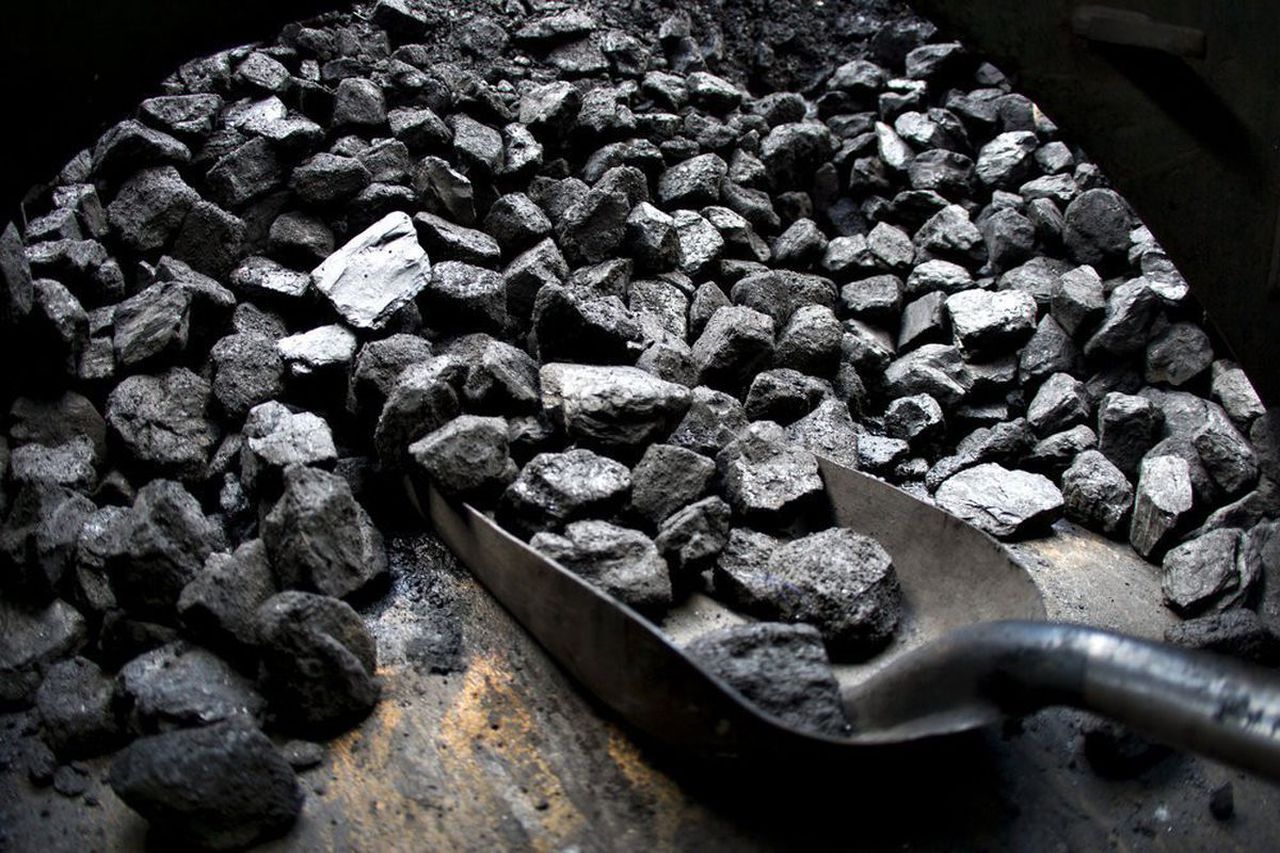
Sub- Bituminous Coal
Sub-bituminous coal is a type of coal that falls between lignite and bituminous coal in terms of carbon content and energy density. It contains a higher moisture content and lower carbon content compared to bituminous coal, typically ranging from 35% to 45% carbon.
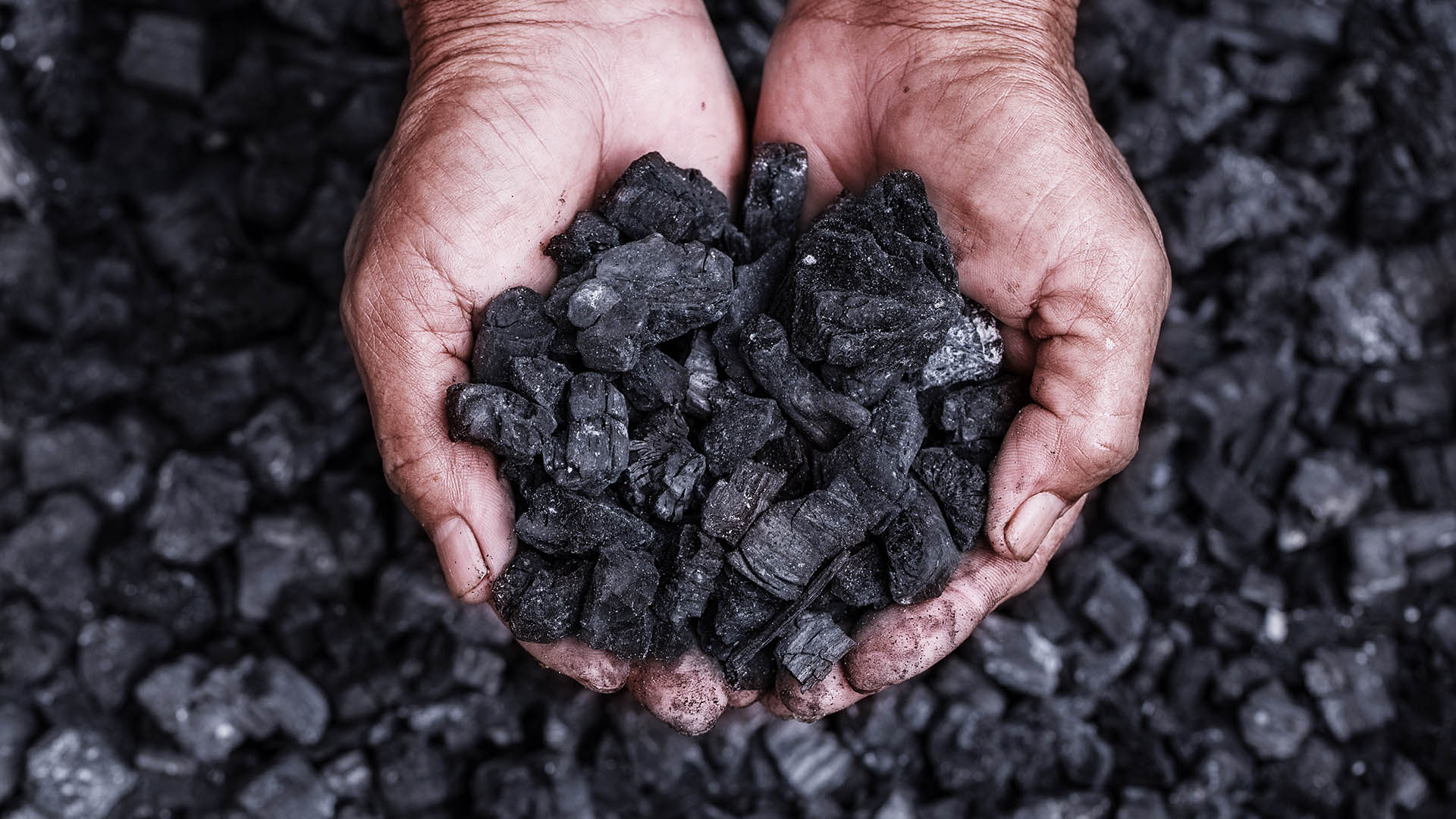
Coal Facts
Coal is a fossil fuel that has been used for centuries as a source of energy and industrial raw material. It forms from the remains of ancient plants buried and subjected to heat and pressure over millions of years. There are several types of coal, including anthracite, bituminous coal, sub-bituminous coal, and lignite, each with varying carbon content and energy properties.
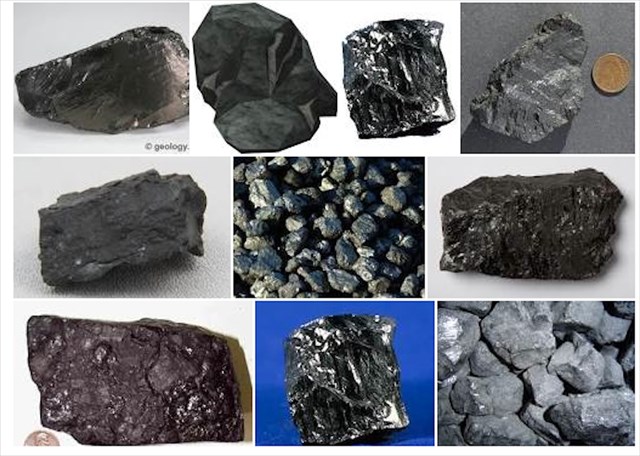
Types of Coal
Anthracite: This is the highest rank of coal, known for its high carbon content (typically over 86%) and low moisture and volatile matter. It burns cleanly with little smoke, making it valuable for residential heating and metallurgical processes.


